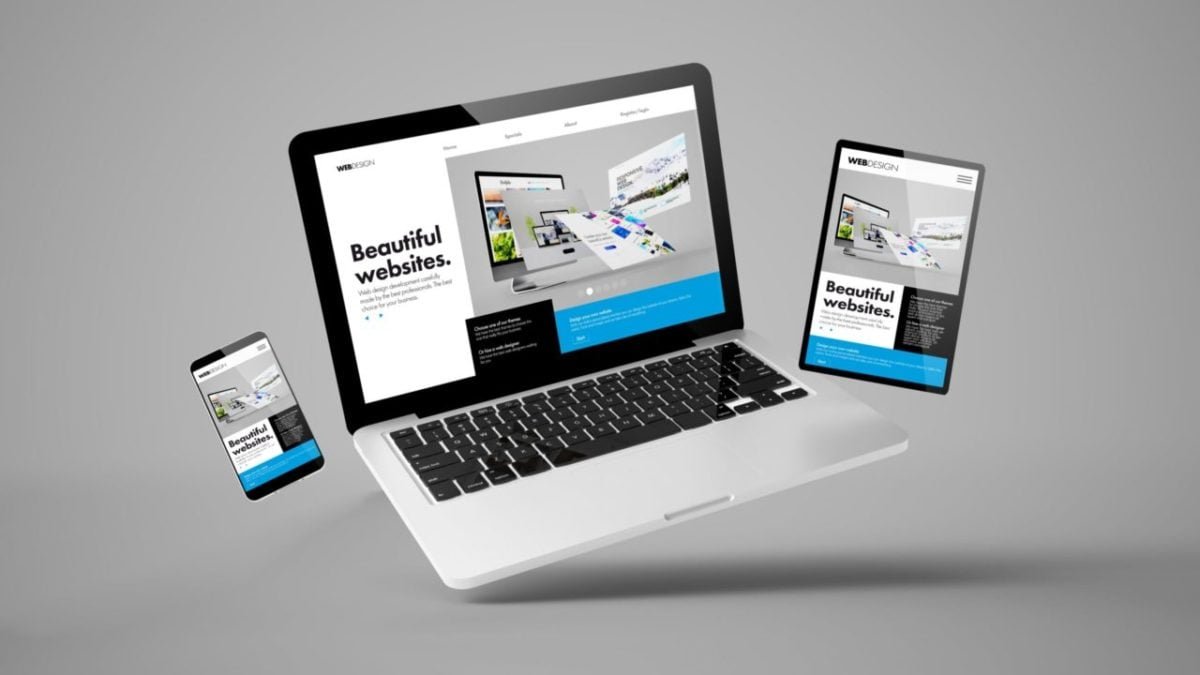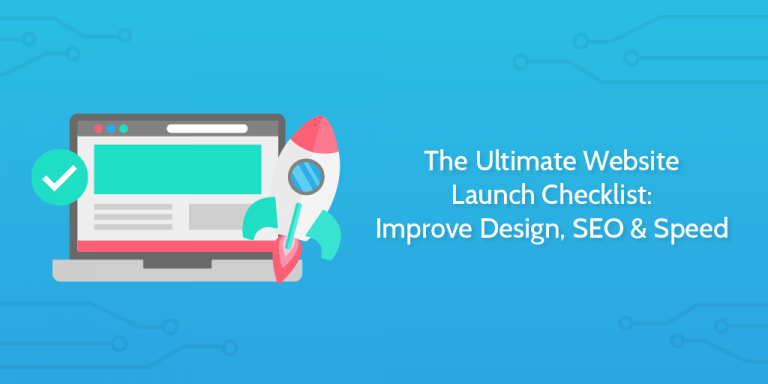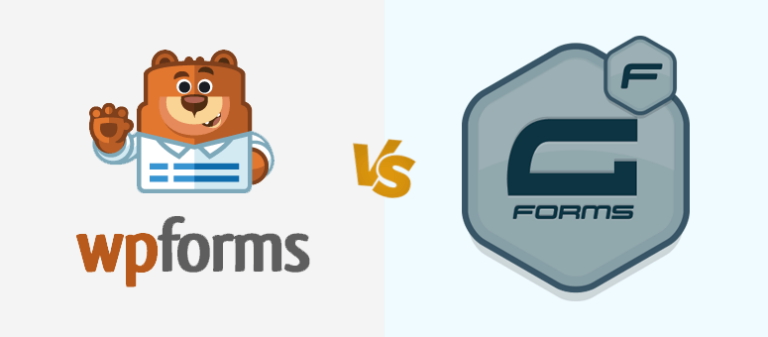If a picture is worth a thousand words, website design is worth a million. A site’s design can be the difference between success and failure. This makes it more important than ever to have an effective visual identity. When planning out your website design, it is important to remember that you are designing for the user. The most successful brands have intuitive designs that guide users through their sites. Users shouldn’t have to think too hard about navigating your site, nor should they feel overwhelmed by the amount of content or images on a page. Let’s take a look at some of the qualities that make up a great website design.
Table of Contents
ToggleElements Of A Great Website Design
1. Page Loading Speed
Website loading speed is a crucial factor that determines if visitors stay or leave. People expect websites to load in less than 3 seconds, and 40% of users abandon a website that takes more than 3 seconds to load.
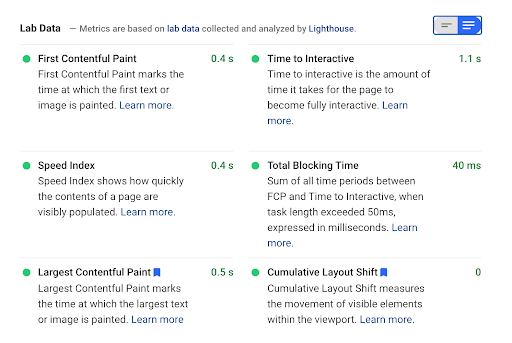
One of the greatest frustrations is when websites load slowly or take too long to open. People don’t like waiting and will leave your site if you don’t fix the issue. This can result in a high bounce rate or page abandonment. Both of which are bad for your brand and website metrics.
To ensure that your website loads quickly, optimize your website on all fronts. This includes images, content, and other elements that need to be loaded quickly. You should also check in with your hosting provider and understand how they manage their servers.
2. Effective Formatting And Layout
There are so many different factors to consider when it comes to web design. But the most important thing is that your site content is clear and easy to navigate.
This is where the web page layout plays a big part in getting more people interested. Every page of your website should be formatted and laid out consistently. It should be “brand-specific” so it will have better brand recall with your audience.
The first thing you need to do is decide on the purpose of your website. Is it just informational? Do you want people to buy something off of it? Or do you plan on using it as a lead-generation tool?
Your answers will help determine what kind of design style best suits your audience. You can work on it to make sure that it aligns perfectly with your user expectations.
3. Length Of Content
The length of content is a common issue for website design. Some website owners want to produce long-form content. Others prefer short and snappy pages that capture the attention of their visitors.
Firstly, you need a good reason to write a long-form post. There are certain occasions when people would be happy to read a 3,000-word article about an interesting topic.
But most copywriters will tell you that it’s short-form content that wins the day for them in most cases. The truth is somewhere in the middle. Long and short copies have their own strengths and applications for a brand.
Informative content is more likely to be longer to disseminate in-depth information about a broad topic. Businesses can use short copies for specific topics and to-the-point discussions.
4. Content Quality And Readability
Content quality and readability are one of the most important factors for successful websites. It’s the key to retaining visitors to your website and making sure they bookmarked your site instead of just visiting it once.

The quality of the content on your website is an important SEO metric as well. Ensure that copy on your website is free from grammatical errors and other language issues.
Readability refers to how easily people can read your content. You can enforce this by using shorter paragraphs and sentences. Readers find it much easier to scan through content this way.
Many bloggers fall into a trap by writing content for search engines, forgetting that humans are the ones actually reading their content. Human-centric content is the key to better metrics and engagement.
5. Image Optimization
Web design is a rapidly evolving field that revolves around what users want and expect from their online experience. Optimizing the images that you use on the website is also an important part of the website design process.
Image optimization is a technique used by web developers to minimize file sizes while retaining quality and detail. It involves removing unnecessary metadata and resizing images, so they load faster.
Sometimes color depth is reduced as much as possible without compromising image quality. The metadata is also optimized to ensure improved search engine visibility.
All these contribute to images that load faster and have better SEO strength than unoptimized images. Image optimization has become a critical part of the website design process.
6. Easy User Navigation
Navigation is one of the most crucial aspects of a website. If people are not able to find their way around, they will leave. A good navigation design can allow visitors to explore your site without getting lost or confused.
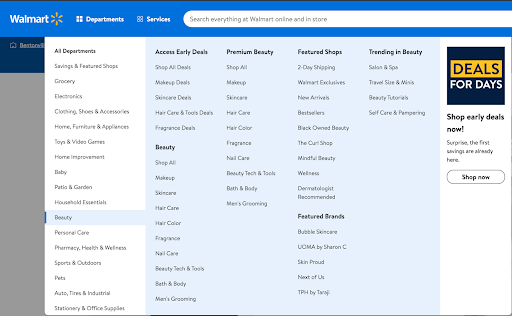
Bad navigational cues can result in users clicking away in frustration. This can result in negative brand sentiment, which needs to be avoided at all costs.
This is especially important when you have a large website with many pages. It is important to find the right way to categorize your pages. Ensure that it remains consistent throughout the website.
To improve user navigation, you also need to work on your breadcrumbs. A breadcrumb is a navigation system in a graphical user interface. It allows users to see the hierarchy of the pages they are visiting, which can be helpful in large websites or deep web pages.
7. Authentic And Actionable Content
Design is a crucial element of creating great websites, but it’s not the only factor. You must create content that is informative and actionable for your visitors. This will help you get more traffic to your site, build trust with readers, and ultimately increase sales.
We’ve already seen the positive impact that quality content can have. Content also needs to be authentic and actionable. It needs to provide value for the users who read them.
When your content is just about filling pages and does not have value, it can backfire on your brand. People might click away from it quicker, resulting in bad SEO metrics for your website.
8. SEO Compatibility
SEO is a driving force for a business website. It dictates how many people are able to access your website through searches. Making your website SEO-friendly is a critical part of your website design strategy.
When it comes to design, you need to be very clear on the purpose of each page. A lot of people say you should follow your heart when designing a website. But adding best practices to that will help boost your SEO efforts.
For example, use H1 tags in your header at least once per page. They’re an excellent way to get the most important keywords on the page and can also help boost click-through rates.
Use Schema markup in every post with images if possible. It makes for better search results, and it’s another opportunity to get more SEO strength.
9. Improving User Security
Internet security is an important aspect of any website, whether it’s for business or personal use. It’s also a vital part of your online presence and should be given equal weight as other aspects such as the design and content of your site.

A good design protects users’ data and privacy, and it should be responsive to different devices. A website must use HTTPS protocol for all services to protect users’ passwords or any other confidential information. In fact, using HTTPS can help improve your website’s SEO metrics as well.
With most businesses running completely online, the focus on security has increased considerably. And designing a website is not just about the visual elements but the security as well.
10. Using Advertisements, The Right Way
Online advertisements are a major source of revenue for many websites. But they only work if you know how to use them correctly. There is an art and science to online advertising that can make or break your website.
The best way to use advertisements is to combine banner ads with affiliate marketing. This provides value-added content for your audience. A well-designed website will create a seamless experience between these three channels. This leaves visitors with positive memories about the site and encourages brand recall.
Using too many ads on your website can detract from the user experience. When it comes to placing ads on your site, remember that they can look very unprofessional if you don’t know what you’re doing. You want the ads to blend in with the rest of your content for optimal user interaction.
11. Creating Powerful CTAs
Perhaps the most important aspect of your website’s design is what you choose to put around your CTA buttons. If you’re not sure what a CTA button is, it stands for Call To Action.
These are the buttons on your page that tell viewers exactly what you want them to do next. You can ask them to subscribe, buy something, or read about something related to your business.

Whether you’re creating a landing page, an opt-in form, or a sales page, the design of your CTA is one of the most critical elements. Your CTA is what will make people click and convert. It has to be clear and direct – it has to convince people that this is what they need at that moment.
12. Building Internal And External Links
Great website design is about more than just pretty colors and fonts. It’s also about how well a website communicates its value to visitors and how easily it can be found on the internet. You can leverage brand authority through a proper link-building strategy.
Learning how to link properly to the right websites, both internally and externally, contributes to your website. Using internal linking, you can draw users to existing content on your website. This can help gain SEO strength on those pages as well.
This is vital for any company looking to stay competitive on both a local and global scale in the modern world of business. To build links from external sites, you need a plan that outlines your overall strategy.
You also need to research what other businesses in your niche are doing with their websites. This can help differentiate yourself from competitors.
13. Social Media Integration
Social media is a powerful platform for businesses that has billions of users on it. It is in every website’s best interest to integrate social media into its design plan. Social media integration has become a lot more common today.
There are several ways you can integrate social media into your website. But the most common method is to add social media-specific buttons. These enable users to share a post or specific content on a social media platform of their choice.
14. Adding In A Comment/Review Section
Adding a section dedicated to users is a great opportunity for you to connect with them. You can also learn from honest feedback about the products or services you offer.
Sites like Amazon have garnered success by allowing their customers to review products. It’s no surprise that this format works well. A review section on your site will allow similar opportunities for customer interaction. This contributes greatly to brand loyalty.
15. Responsive Website Design
A responsive web design enables users to access the same content on any device regardless of the screen size. This is the best way to create a great user experience for anyone who uses your website, regardless of their screen area. Responsive web design techniques allow you to create websites that are optimized for viewing on any device.

A website that’s not optimized for mobile devices will look ugly when viewed on a portable device. Today, about 50% of traffic comes from mobile devices, so it’s crucial to have websites designed responsively.
16. Validation, Awards, And Achievements
When it comes to website design, it is always important to showcase your brand’s achievements and milestones. If you have validation from other authority brands, do add them as well.
These can go a long way to improving the social proof of your brand. Studies show that a brand can engage a lot more people when they provide tangible social proof. This can include testimonials, reviews, and social media proof.
Interesting Reads:
eLearning elements for LMS Website

